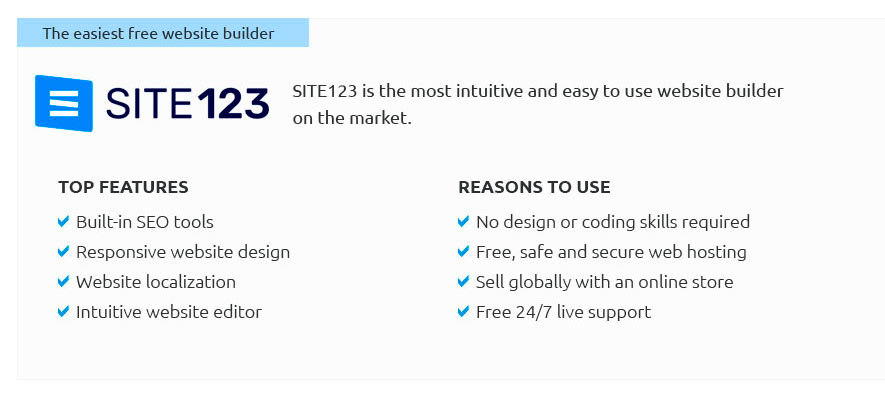 |
 |
 |
 |
|
 |
 |
 |
|
 |
|
 |
 |
|
 |
|
 |
|
 |
 |
How to Make a Website That Accepts Payments: A Comprehensive GuideCreating a website that accepts payments is a crucial step for any business looking to thrive online. This guide will walk you through the essentials, from choosing the right platform to securing transactions. Let's dive in! Choosing the Right PlatformBefore you can accept payments, you need a solid foundation. Selecting a platform that supports e-commerce is critical. Considerations When Choosing a Platform
For a smooth start, you might explore using a build a website builder which offers integrated e-commerce functionalities. Setting Up Payment GatewaysPayment gateways are crucial for processing transactions. They act as the middleman between you and your customers. Popular Payment Gateways
Choose a gateway that aligns with your business needs and offers a good balance of fees and features. Securing Your WebsiteSecurity is paramount when dealing with online payments. Protecting your customers' data builds trust and credibility. SSL CertificatesAn SSL certificate encrypts the data between your website and your customers. It's a must-have for any site accepting payments. ComplianceEnsure compliance with standards like PCI DSS to maintain security and protect customer information. Testing Your Payment SystemBefore going live, thoroughly test your payment system to ensure a smooth experience for your customers. Checklist for Testing
Testing helps identify potential problems before they affect real transactions. Getting Your Website OnlineOnce everything is set up, it's time to launch. If you’re not sure where to begin, learn how to get a website online to make the process easier. FAQWhat is the best platform for setting up a website with payments?The best platform depends on your specific needs. Popular choices include Shopify, WooCommerce for WordPress, and Squarespace for their robust e-commerce capabilities. How do I secure my online payment system?Ensure your site has an SSL certificate and is PCI DSS compliant. Regularly update your software and use strong passwords to protect against breaches. What should I do if a payment transaction fails?Check with your payment gateway provider for any issues. Ensure your website is properly connected to the gateway and test for potential bugs. Creating a website that accepts payments is a rewarding process that can significantly boost your business. With the right tools and strategies, you'll be well on your way to online success. https://limeup.io/blog/create-a-website-that-accepts-payments/
To build a website with payment options, web development services specifically designed for the fintech sector should be taken into consideration. https://www.wisestamp.com/blog/accepting-payments-on-website/
Ecommerce online payment options - 1. Shopify. Shopify is a popular e-commerce platform that makes it easy for small, medium, and big companies to sell products ... https://dashdevs.com/blog/building-a-website-that-can-accept-online-payments-in-6-steps/
To accept payments online, integrate a payment gateway like Stripe or PayPal with your website. Use plugins for platforms like WordPress or custom APIs for ...
|